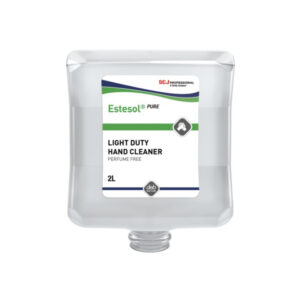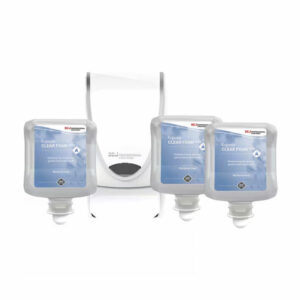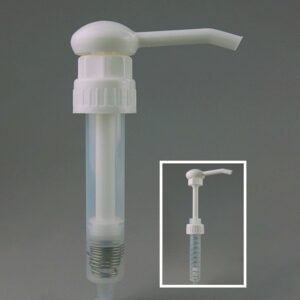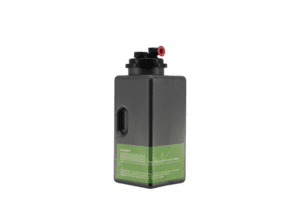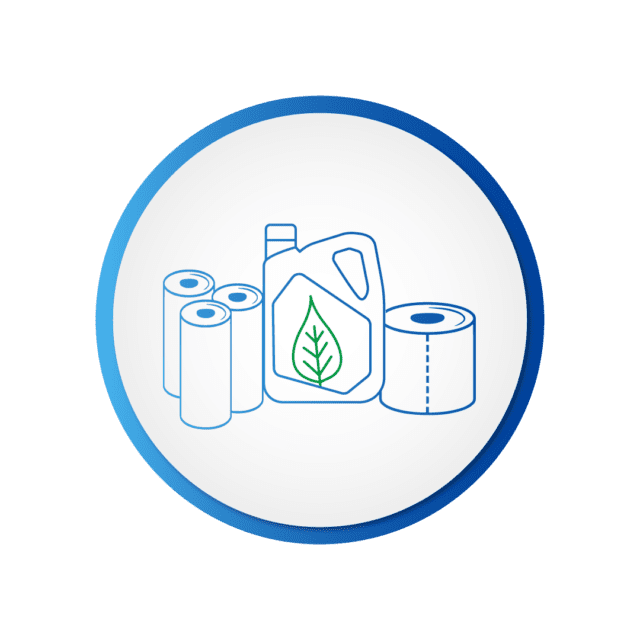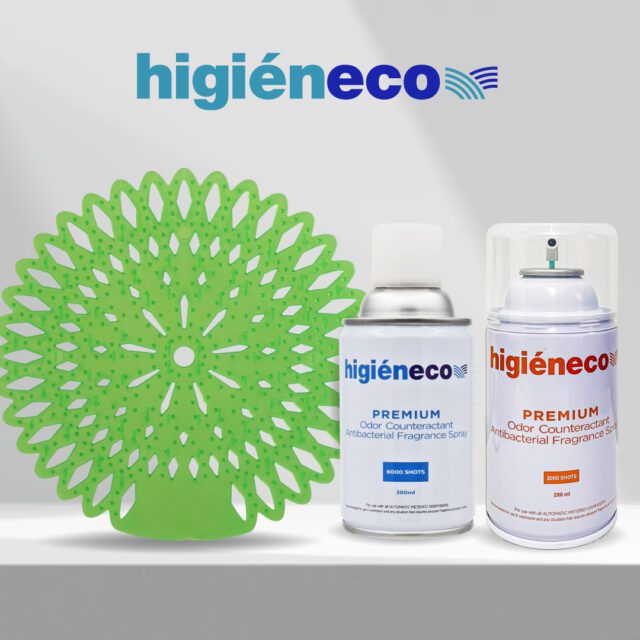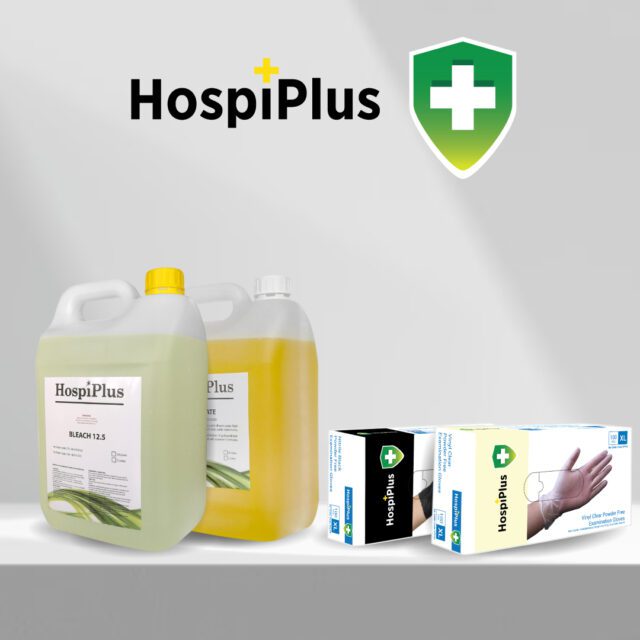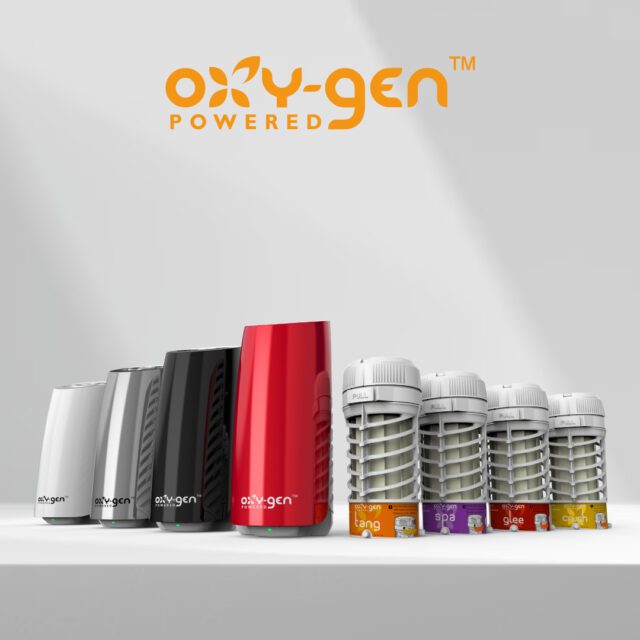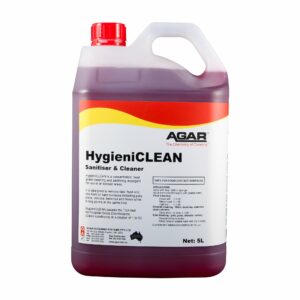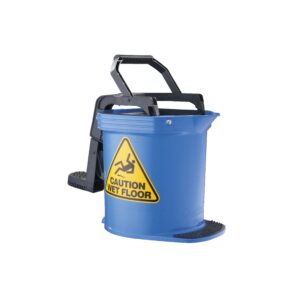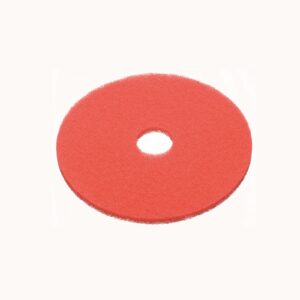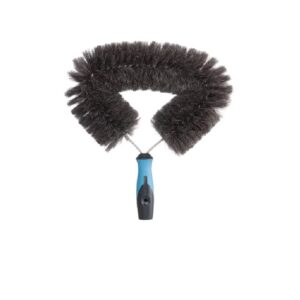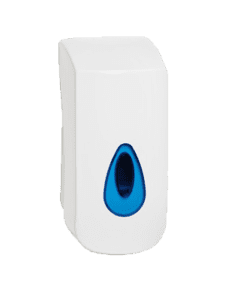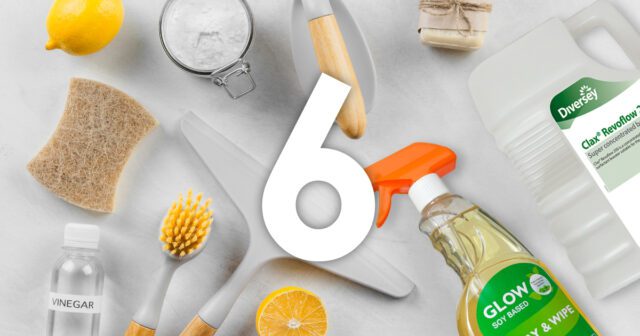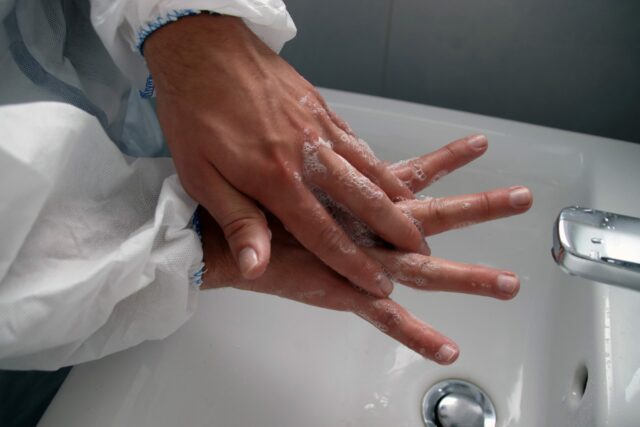Posted on 08/09/2021
Buying Guide For Disposable Gloves: Material, Quality
You might believe that disposable gloves are easy to choose. However, because they are intended to protect our hands, they will have to meet specifications for thickness, barrier safety, tensile, elasticity, and puncture resistance. Selecting the best possible disposable gloves is more complicated than simply looking for the cheapest option. The glove’s material and qualities, the activity it is designed for, safety and fit, and cost must all be taken into account.
Our Hospeco team is here to assist you in choosing the right gloves for your business as well as to guide you on where to buy disposable gloves. Hurry up to contact us if you have any questions.
In the meantime, let’s go through the essentials of disposable gloves and where to buy disposable hospital gloves.
Let’s jump right into it!
What Are Disposable Gloves, And Why Do People Use Them?
A disposable glove is a single-use glove made of natural or synthetic rubber covering the entire hand and is worn to protect the skin from hazardous environmental impacts and to prevent caregivers or patients from infection. Disposable gloves, as the name suggests, are intended for one-time usage only and should be discarded shortly after use.
What Exactly Does “Double Wearing” Imply?
Double layering, or wearing two layers of gloves, should ensure optimum safety in instances where gloves failure is a problem, such as while working with extremely harsh chemicals or high-risk patients.
Different Types of Disposable Gloves
Material:
What are the benefits and disadvantages of the various glove materials, and best materials for disposable gloves?
- Natural rubber latex gloves, often known as latex gloves, are resistant to a wide range of acids. They are, nevertheless, accessible to a wide range of solvents. Latex loves are incredibly pleasant to wear and offer a great fit and feel due to their exceptional elongation. Natura latex proteins can induce or trigger latex allergies, which is probably the biggest downside.
- When considering disposable glove materials, next is nitrile gloves, which are constructed of nitrile butadiene rubber (NBR), a synthetic substance that can be used as a substitute to natural latex for those who are allergic to it or prefer to avoid it. Another benefit is the increased resistance to a wide range of chemicals and notable oils.
- For situations when mechanical stress and barrier protection aren’t necessary, vinyl gloves are a cost-effective solution as another alternative for disposable glove materials. Users with latex or chemical allergies can benefit from the skin-friendly material of this type. However, because plasticizers are used as the main component in the creation of vinyl gloves, they cannot be used with fats or fatty foods.
Properties:
Thickness, finish, barrier protection, tensile strength, elasticity, and puncture resistance are all crucial elements to consider while buying the best quality disposable gloves.
The thickness of glove material is commonly measured in mils (1 mil = 0.001” gauge). Disposable gloves are typically 4-8 mils thick. Lower-gauge gloves provide greater dexterity, flexibility, and tactile sensitivity. Gloves with a thicker gauge offer more durability but less mobility.
Powdered and powder-free disposable gloves are available. Powdered gloves are more convenient to put on and remove. Glove powder appears to play a significant role in the development of latex allergy. The powder on powdered gloves functions as a latex protein carrier in the air. In general, chlorinated and non-chlorinated powder-free gloves are available as well. The different varieties are determined by the method used to create powder-free gloves. Chroninated versions are particle-free and easier to apply.
Strength tests are used to replicate stress in real-life situations in the best quality disposable gloves. Glove strength is determined by tearing, puncturing, and breaking strength, as well as its stretching ability. Tensile strength, extension or elasticity, and puncture resistance are usually tested.
Disinfectant Gloves’ functionality
Disposable gloves are utilized for a variety of tasks, including everyday work, medical examinations, and high-risk scenarios. Disposables for general-purpose and exam-grade use are typically 4-6 mils thick and 9½ inches long. Gloves for high-risk situations are typically 8 mils thick and up to 12 inches long.
Automobile work, food handling, hospitality, and retail are just a few of the industries that require general-purpose disposable gloves. They’re mostly utilized for cleaning and maintenance.
In the medical, dentistry, emergency medical service (EMS), police enforcement, nursing home, tattoo parlour, and veterinary industries, exam-grade gloves are employed.
EMS and laboratory applications are commonly connected with high-risk gloves. Patient care procedures that expose you to blood, body fluids, and other infectious materials are examples of high-risk circumstances. Other high-risk circumstances include handling instruments, chemicals, and disinfectants, all of which can put a strain on the glove material.
Cost
When purchasing a set of disposable gloves. Price is another key factor to consider. The cost of disposable gloves varies depending on the quality and the number of disposable gloves purchased. As a result, before choosing a set of disposable gloves, a comprehensive comparison should be done.
Their Fit And Comfort
The disposable gloves you purchase should be the right size and fit you properly. The right fit of the gloves is critical, as it provides comfort, elasticity, and even breathability to your gloves.
Choosing the right kind of gloves for your needs and preferences is critical to ensuring proper hand safety and cleanliness. Check out our detailed guide on what to look for when purchasing the right disposable glove for you.
At Hospeco, we provide all of the hygiene essentials for your business to stay safe and healthy. We provide a wide range of affordable washroom products, starting from sanitary disposal bins, wet wipe dispensers, sanitary and diaper bins, and other washroom hygiene essentials. Next time when thinking of the best hygiene products in Australia, think of us.
Please do not hesitate to contact our experts if you have any additional questions.









